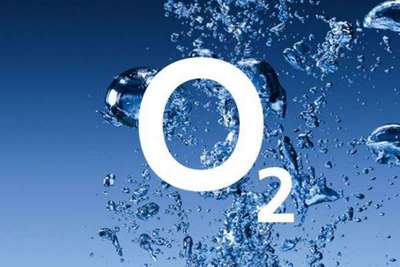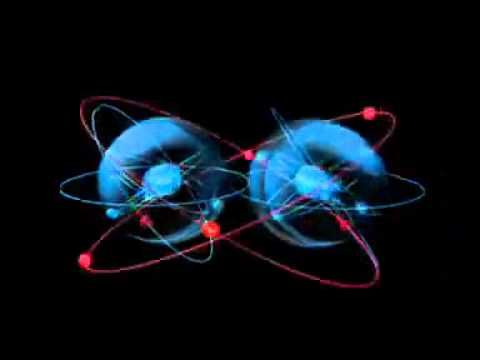Oxygen

Content:
Oxygen plays a leading role among all the known chemical elements. Life on our planet wouldn’t arise without oxygen. Oxygen is the most common chemical element on Earth, accounting for 49% of the total mass of the earth’s crust. Oxygen is also part of the Earth’s atmosphere; part of the composition of water, and the composition of more than 1,400 different minerals, such as basalt, marble, silicate, silica, etc. About 50-80% of the total mass of tissues, both animals and plants, consists of oxygen. The important role of oxygen for the breathing of all life is well known.
Discovery
People did not immediately understand the nature of oxygen. The first guesses that a certain chemical element was the basis of air appeared in the VIII century. However, at that far time, there were neither suitable technical tools for its study nor the ability to prove the existence of oxygen, as a gas.
The discovery of oxygen took place only in the XVIII century, thanks to the joint work of several scientists.
- In 1771, the Swedish chemist Karl Scheele experimentally studied the composition of air and determined that the air consists of two main gases: one of these gases was nitrogen, and the second was oxygen. Yet the name “oxygen” did not appear in science at that time.
- In 1775, the French scientist A. Louvazier gave the name to the new gas – oxygen. The word “oxygen” in Latin means “giving birth to acid”.
- A year before the official “name day of oxygen”, in 1774, the English chemist Priestley received pure oxygen by decomposition of mercury oxide.
- More than a century later, in 1898, the English physicist Joseph Thompson made the public think that oxygen reserves could run out due to intense emissions of carbon dioxide into the atmosphere.
- In the same year, Russian biologist Kliment Timiryazev (a researcher in photosynthesis), discovered the property of plants to release oxygen.
Although plants release oxygen into the atmosphere, the problem posed by Thompson about a possible lack of oxygen in the future remains relevant in our time, especially in connection with intensive deforestation (oxygen suppliers), environmental pollution, waste incineration and so on.
Importance
The presence of oxygen (in combination with water) has made life possible on our planet. As we noted above, various plants are the main suppliers of this unique gas. The largest amount of oxygen is released by underwater algae. They release oxygen and some types of bacteria. Oxygen in the upper atmosphere forms the ozone ball, which protects all the inhabitants of the Earth from harmful ultraviolet solar radiation.
Structure
The oxygen molecule consists of two atoms; so the chemical formula is O2. How is an oxygen molecule formed? The mechanism of its formation is non-polar covalent. The bond between the oxygen molecules is also covalent and non-polar, besides this, it is double because each of the oxygen atoms has two unpaired electrons at the external level.

This is how an oxygen molecule looks like. Many chemical reactions with oxygen require special conditions: heating, high pressure, and the use of catalysts.
Physical Properties
- First of all, oxygen is the gas; 21% of the air consists of oxygen.
- Oxygen has no color, no taste, and no smell.
- Oxygen can be dissolved in organic substances, absorbed by coal and metal powders.
- The boiling point of oxygen is – 183 C (361,4 °F).
Chemical Properties
The main chemical property of oxygen is combustion support. In a vacuum (where there is no oxygen), fire is not possible. If you put the smoldering torch into pure oxygen, it will light up again. Combustion of various substances is a redox chemical process in which oxygen plays the role of an oxidizing agent. Oxidizing agents are substances that “take away” electrons from reducing agents. The excellent oxidizing properties of oxygen are due to its outer electron shell.
The oxygen valence shell is located close to the nucleus, and the nucleus attracts electrons. Oxygen also ranks second after fluorine on the Pauling electronegativity scale. For this reason, when oxygen enters into chemical reactions with all other elements (except fluorine), it acts as a negative oxidizing agent. Only when oxygen reacts with fluorine, it has a positive oxidative effect.
Production
The method of heat treatment of peroxides or salts of acid-containing acids is used to obtain oxygen in laboratory conditions. They decompose with the release of pure oxygen under the influence of high temperature. Oxygen can also be obtained using hydrogen peroxide; even a 3% peroxide solution can release oxygen under the action of the catalyst.
2KClO3 = 2KCl + 3O2↑ – the chemical equation of obtaining oxygen.
Usage
In industry, oxygen is actively used in:
- Metallurgy (during welding and cutting metals).
- The medicine.
- Agriculture.
- Like rocket fuel.
- For purification and disinfection of water.
- The synthesis of certain chemical compounds, including explosives.
References and Further Reading
- Weast, Robert (1984). CRC, Handbook of Chemistry and Physics. Boca Raton, Florida: Chemical Rubber Company Publishing. pp. E110. ISBN 0-8493-0464-4.
- Jastrow, Joseph (1936). Story of Human Error. Ayer Publishing. p. 171. ISBN 978-0-8369-0568-7.
- Jump up to: a b c d e Cook & Lauer 1968, p.499.
- Jump up to: a b c Chisholm, Hugh, ed. (1911). “Mayow, John” . Encyclop?dia Britannica. 17 (11th ed.). Cambridge University Press. pp. 938–939.
- Jump up to: a b World of Chemistry contributors (2005). “John Mayow”. World of Chemistry. Thomson Gale. ISBN 978-0-669-32727-4. Retrieved December 16, 2007.

Author: Pavlo Chaika, Editor-in-Chief of the journal Poznavayka
When writing this article, I tried to make it as interesting and useful as possible. I would be grateful for any feedback and constructive criticism in the form of comments to the article. You can also write your wish/question/suggestion to my mail pavelchaika1983@gmail.com or to Facebook.

